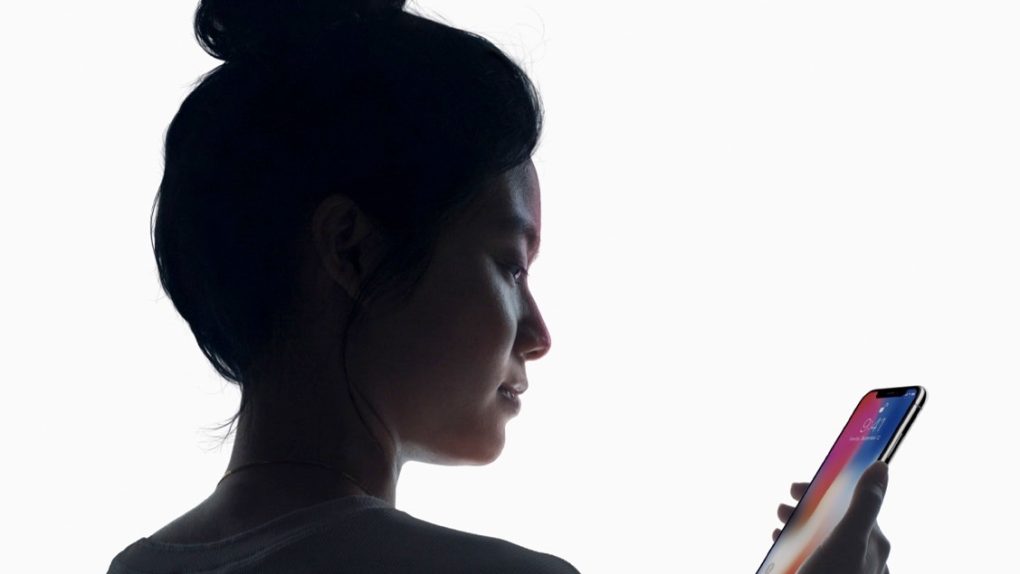If I were to choose between Touch ID and Face ID, I’d go for Apple’s 3D facial recognition system without thinking twice. It turns out that I don’t miss Touch ID at all, and that was one of my initial worries last year when Apple revealed that the iPhone X would not have fingerprint-sensing capabilities.
I’ve been using Face ID for more than a year now, with hardly any problems, and I’m still rocking an iPhone X. But it turns out that Apple hasn’t entirely given up the idea of combining Touch ID and Face ID on the iPhone.
Long before the iPhone X arrived, some rumors claimed the handset would feature an in-display fingerprint sensor and Face ID, but that wasn’t the case. Apple chose Face ID over Touch ID, explaining that its facial recognition technology is far more sophisticated and secure than fingerprint scanning. Many rivals copied the iPhone X notch without replicating the Face ID functionality, and only a few companies tried to do it, including Xiaomi and Huawei. And only a few Android phones feature both 3D facial recognition and an in-display sensor — the Huawei Mate 20 Pro being one such example.
This brings us to the illustration below, which comes from an Apple biometrics patent that Patently Apple discovered in Europe. Apple applied for the patent in January 2018, several months after introducing the iPhone X.

The European Patent Office published two Apple biometrics patents, including details about technology that would allow users to switch between Face ID and Touch ID authentication on the same iPhone.
The image above shows a user interface on an iPhone design predating the iPhone X that would instruct the user to use Touch ID if Face ID authentication failed, as well as giving them to option to repeat the Face ID scan. Similar images show a UI that would allow the user to use a password instead of Face ID.
The feature seems to indicate that Apple has at least considered using both Face ID and Touch ID on the same devices, be it an iPhone, iPad, or something else. However, just because Apple explored these mechanisms doesn’t mean we’re going to see them in the wild anytime soon. There are currently no rumors floating around that would support the idea that Apple is making an iPhone that would feature both Face ID cameras and a fingerprint sensor. As always with patents, companies are looking to cover all their bases when it comes to new inventions.
This particular technology that allows the user to repeat Face ID scanning or use a password is already in place on the iPhone. If your iPhone has trouble recognizing your face, it’ll prompt you to enter your password. Unless you’ve just rebooted the phone, you shouldn’t enter the password. Instead, try a second Face ID scan, which will force the algorithm to rescan your face, and retrain itself, hopefully improving for next time.








